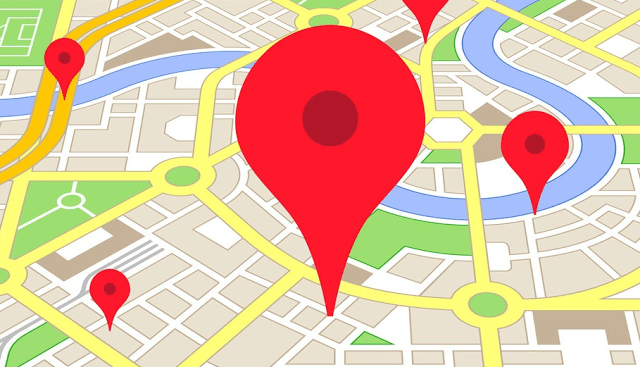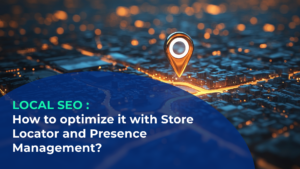Google changes that impact web-to-store
In early December, Google announced an important change in the ranking criteria for local search results. How will the new rules affect your web-to-store strategy?

The presence of your stores on Google My Business has long been one of the pillars of a good web-to-store strategy. Google’s decision this week to include the Google My Business page “search history” – we’ll look at this concept more closely in just a bit – in the ranking criteria for local search results is a development that deserves our attention.
What happened?
In early December, a Google employee made a small, and seemingly banal, post on the Google My Business community forum, but it contained some very important information: from now on, Google will be taking a Google My Business page’s history into account when it ranks local search results.
Three criteria…
In the past, the ranking algorithm for local search results took three criteria into account:
- Relevance: as is the case for non-local searches, the Google algorithm tries to estimate how well the page matches the question posed by the person doing the search.
- Distance: this criterion depends on two components. The first is how the search is performed. If the Internet user enters a location in the search field, the results are ranked as a function of their proximity from the centre of this location. By default, the user’s location – if Google knows it – will be used as a ranking criterion.
- Prominence: this criterion reflects the page’s “popularity” with Internet users. To measure this popularity, Google uses all the information available on the Web about this point of sale. The more links there are to the point of sale’s web page, the more articles there are about it and the more often the store is included in online directories and review sites, the more prominent Google will consider it to be for Internet users.
This last criterion is particularly important, since as is always the case on the Web, it means you can never let your guard down: the more users there are who like your page, the higher it will rise in the rankings. The new criterion falls within this guideline.
… and then a fourth
The page’s “search history” has now been added to the ranking criteria. The Google employee did not give many details about the factors Google is taking into account. According to him, it’s “the number of times [the page] has been useful historically on the basis of relevance, prominence and distance.” Arobasenet, a blog that focusses on SEO and social media marketing issues, has concluded that one of the ways to measure this “usefulness” will most certainly be the number of users who have actually clicked on the page after seeing it appear in the search results.
We think this deduction is logical, but it seems to us that search history is unlikely to be the only criterion, especially since the Google employee – who doesn’t appear to have been on the job long, with only two posts in his history – says that the concept of usefulness also depends on the other three factors.
A foreseeable evolution?
This recent change is actually part of a quite foreseeable trend: Google is having local searches evolve in the same direction as “traditional” searches. It’s already been quite some time that the search engine has assigned growing importance to the popularity of pages as well as to the regular posting of new, relevant content on the websites where those pages are found. The reason for this change? The need to ensure that search results “match” the users’ needs as much as possible, and to minimise the effect of “overzealous” optimisation techniques on the final results. As a result, it’s logical for the algorithm governing local results to adopt the same approach as its big brother.
What’s the impact on your web-to-store strategy?
If you were already taking care to regularly update your Google My Business pages, the new ranking criteria are unlikely to radically change their position in search results. The Google employee recommends the following:
- Carefully select the category that best describes your point of sale.
- Share your Google My Business pages and your business locations on Google Maps with your customers. The greater the number of clicks and +1 you collect, the more popular your page will be.
- Don’t hesitate to ask your customers to post a review of the point of sale they visited: the more likes or good reviews a store gets, the more prominent Google will consider it to be.
- Share as many things as possible on your page: photos, blog posts, videos, links, events, surveys. The more opportunities Internet users have to interact with a store’s webpage, the higher it will go in the ranking.
- Share photos of your Google My Business locations. Exteriors, interiors, products, employees… All these categories exist in Google My Business, and it’s crucial to take advantage of them.
There’s nothing new under the sun, and that’s actually good news: the more active you are and the more you seek out contact with mobile users, the greater will be your reward!



